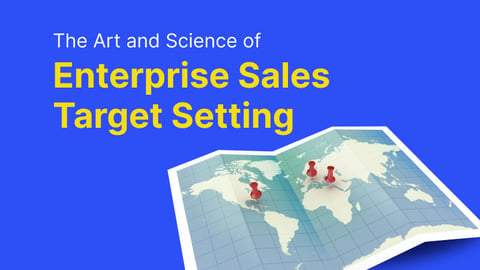Many companies I talk to are at a turning point: their predominantly Gen X sales team, with an “old school” culture, is faced with an influx of Millennial sellers. For sales and compensation leaders, this shift poses a critical question, “How do you design compensation plans and ensure you have the right tools to motivate across generations?”
To start, what is pervasive is an expectation for regular feedback and greater access to information. This means having accurate and regular reporting available for the individual, team and management chain to highlight the most relevant information on a user-by-user basis.
Generally speaking, millennials thrive off of recognition. Efforts to increase visibility into performance via analytics, reports or stack rankings against peers facilitate that communication and acknowledgement. On top of that, it helps sales teams and sales managers proactively plan for success, while adding an additional level of accountability to individual and team performance.
Companies are also re-visiting incentive programs to accommodate this demand for regular feedback. Short-term incentives provide more immediate validation and more frequent opportunities to succeed and incorporate feedback. Millennials may be more motivated by plans in which rewards materialize soon versus longer term incentive programs.
Moreover, the incentives themselves are worth re-visiting. While financial incentives remain a key motivator across generations, millennials find an additional level of reward in non-financial benefits. For example, increased work-life balance or alignment in personal and company values are key drivers of motivation. Offering an extra day of vacation or a team volunteer day to support a cause of their choice, may be ways to achieve that balance.
Finally, the generational shift also requires your incentive plans, reporting and payment to be available to end users in new ways. It is critical to start a conversation internally about the accessibility of information. How is your organization promoting self-service for the sales team? Are performance and payment details available via mobile devices? How frequently are results and payments communicated to the field?
Leading Sales Performance Management tools, like Varicent, extend essential capabilities like high-speed calculations and robust reporting to meet the demand for regular feedback, recognition and visibility. Furthermore, it’s critical that your sales performance management solution has the flexibility to scale compensation programs to changing business needs and the ease-of-use to implement those changes quickly.
With a new perspective on what motivates your sales team and the technological capability to support ever-changing business needs, leverage this cross-generational shift as an opportunity to tap into your greatest resource: your people.




